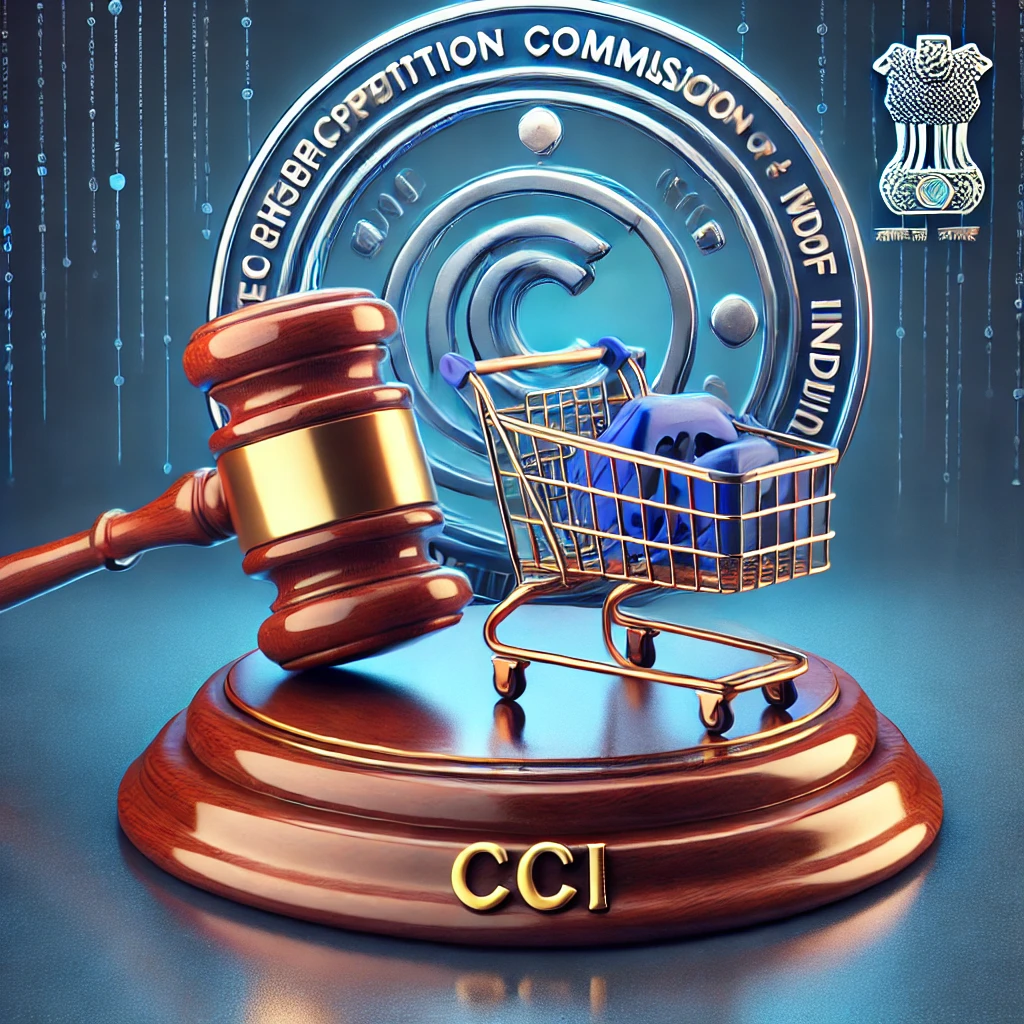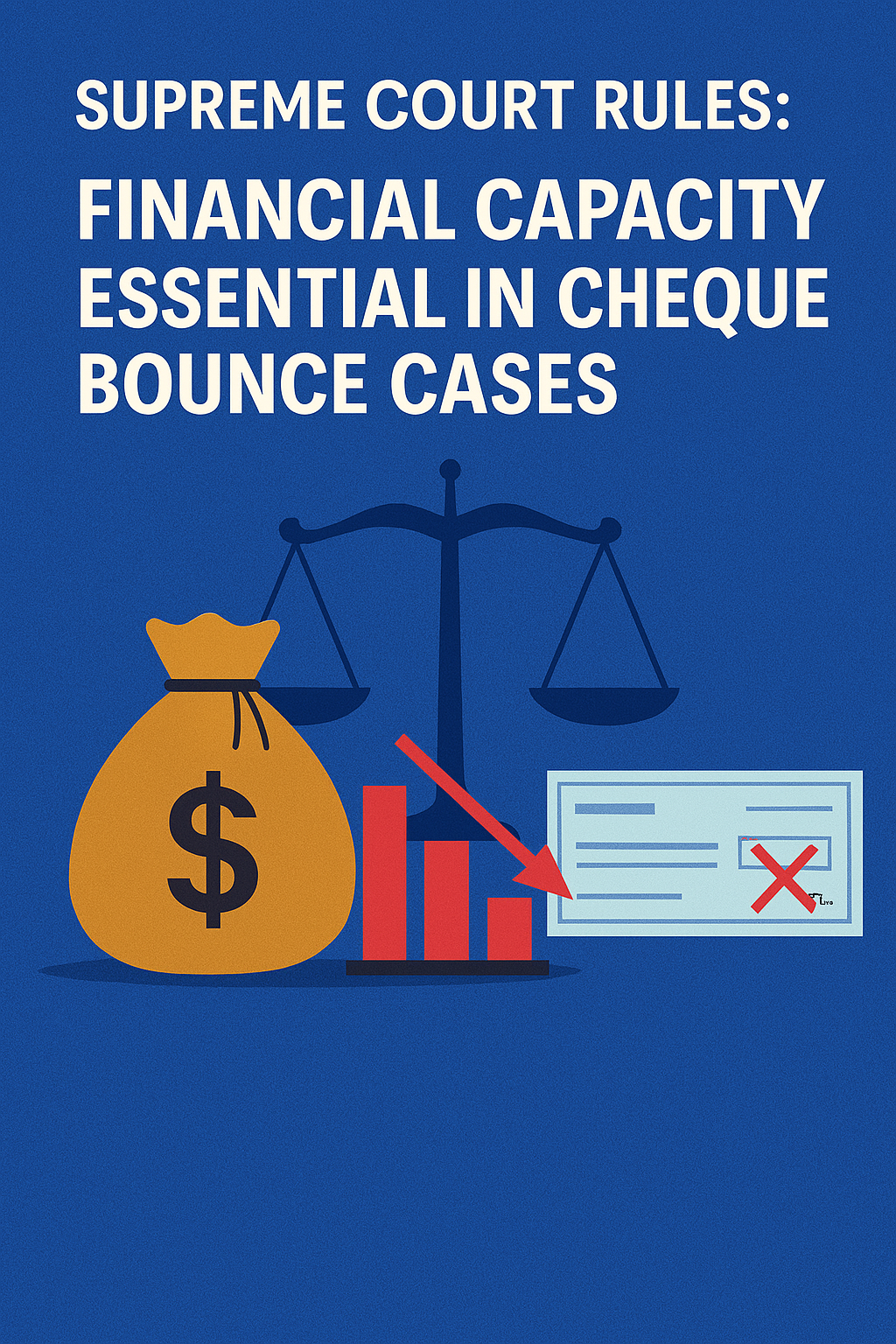Emergence Of Competition Law
The Emergence of Competition Law, explaining its historical evolution, rationale, and significance.
Emergence of Competition Law
1. What is Competition Law?
Competition Law, also known as Antitrust Law in some countries, comprises legal statutes and regulations designed to promote fair competition in the market by preventing anti-competitive practices such as monopolies, cartels, abuse of dominant position, and unfair trade practices.
2. Historical Background and Global Emergence
Industrial Revolution and Rise of Monopolies:
During the 19th century, industrialization led to the growth of large corporations and trusts, which often gained monopolistic control over markets. This concentration of economic power harmed consumers and small businesses.
Early Antitrust Movement:
The need to regulate monopolies became clear with the emergence of large trusts, especially in the United States.
3. Key Milestones in the Evolution of Competition Law
| Period | Event/Development | Significance |
|---|---|---|
| Late 19th Century | Sherman Antitrust Act, 1890 (USA) | First comprehensive federal law to prohibit monopolies and trusts. Banned anti-competitive agreements and monopolization. |
| Early 20th Century | Clayton Act, 1914 & Federal Trade Commission Act, 1914 (USA) | Strengthened Sherman Act; addressed specific practices like price discrimination, mergers, and unfair methods of competition. Established FTC for enforcement. |
| Post-World War II | Emergence of European Competition Law | Formation of the European Economic Community (EEC) led to competition rules under Articles 81 & 82 (now Articles 101 & 102 TFEU) to ensure a common market free of anti-competitive restraints. |
| Mid-20th Century onwards | Growth of competition laws worldwide | Countries including UK, Canada, Australia, Japan, India, and others enacted their own competition laws inspired by the US and EU models. |
4. Rationale Behind Competition Law
Consumer Protection:
Prevent excessive pricing, ensure product quality, and expand choices.
Prevent Market Abuse:
Avoid abuse of dominant position or monopolistic control.
Promote Efficiency:
Encourage innovation and efficient allocation of resources.
Fair Business Environment:
Stop collusion, cartels, price-fixing, bid-rigging.
Economic Growth:
Competitive markets foster economic development and fair trade.
5. Competition Law in India
Monopolies and Restrictive Trade Practices Act, 1969 (MRTP Act):
India’s first attempt to regulate monopolies, later considered inadequate due to changing economic environment.
Competition Act, 2002:
Replaced MRTP Act, established the Competition Commission of India (CCI) to enforce competition law, prohibiting anti-competitive agreements, abuse of dominant position, and regulating mergers.
Significance:
Aligns India with global competition law trends, supports liberalization and globalization.
6. Modern Trends in Competition Law
Global Cooperation:
Cross-border cartel investigations, mergers involving multinational corporations.
Focus on Digital Economy:
Addressing challenges posed by digital platforms, data dominance, and tech giants.
Leniency Programs:
Encouraging self-reporting of anti-competitive conduct for reduced penalties.
Consumer Welfare Standard:
Moving from protecting competitors to protecting consumers.
7. Key Case Laws Illustrating Emergence and Application
United States: Standard Oil Co. of New Jersey v. United States (1911)
The Supreme Court ordered dissolution of Standard Oil under Sherman Act for monopolistic practices.
European Union: United Brands v. Commission (1978)
Defined abuse of dominant position and market power under EU competition law.
India: Competition Commission of India v. Bharti Airtel Ltd. (2019)
CCI fined Airtel for abuse of dominant position by predatory pricing, demonstrating active enforcement.
8. Conclusion
Competition law emerged as a response to unchecked economic concentration and unfair practices that threatened consumer welfare and market efficiency. Over the last century, it has evolved globally into a sophisticated regulatory framework aimed at maintaining a level playing field, fostering innovation, and ensuring markets work competitively for the benefit of all stakeholders.




























0 comments